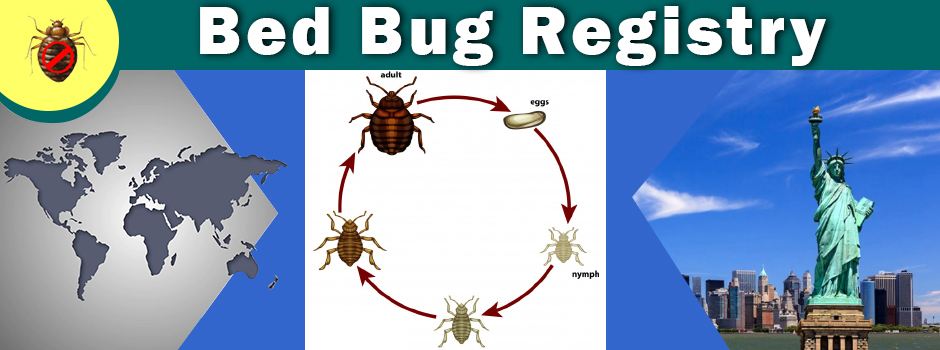by nobugsonme on September 30, 2009 8 comments
in bed bug inspections, bed bug treatment, bed bugs, bed bugs and colleges, bed bugs in dorms, bedbugs, Boston University, Brigham Young Hawaii, colleges, dorms, hawaii, Loyola University of Chicago, mum's the word, students
by nobugsonme on November 25, 2008 3 comments
in bed bug treatment, bed bugs, bedbugs, fumigation, hawaii, hotel, hotels, Kama'aina, Kamaiana, Kona, sulfuryl fluoride, tenting, travel, vikane
by nobugsonme on May 5, 2008 2 comments
in bed bugs, bed bugs and insurance, bed bugs hitchhike, bed bugs in hawai'i, bedbugs, Halekulani Hotel, hawaii, Honolulu, hotels, hotels and bed bugs, not an infestation, the spread of bed bugs, Waikiki
by nobugsonme on March 28, 2008 3 comments
in bed bugs, bed bugs at work, bed bugs in the workplace, bedbugs, correctional, Halawa, hawaii, prison, prisons and bed bugs, worker's compensation
by bedbugger on November 26, 2007 3 comments
in affordable housing, bed bugs, bedbugs, eviction, furniture, hawaii, housing project, kamehameha, low-income housing, multi-unit buildings, tenant evicted for refusing bed bug treatment, tenants, usa
Read more:
hawaii Got bed bugs? Bedbugger.com

 Residence
Residence  Location
Location 










